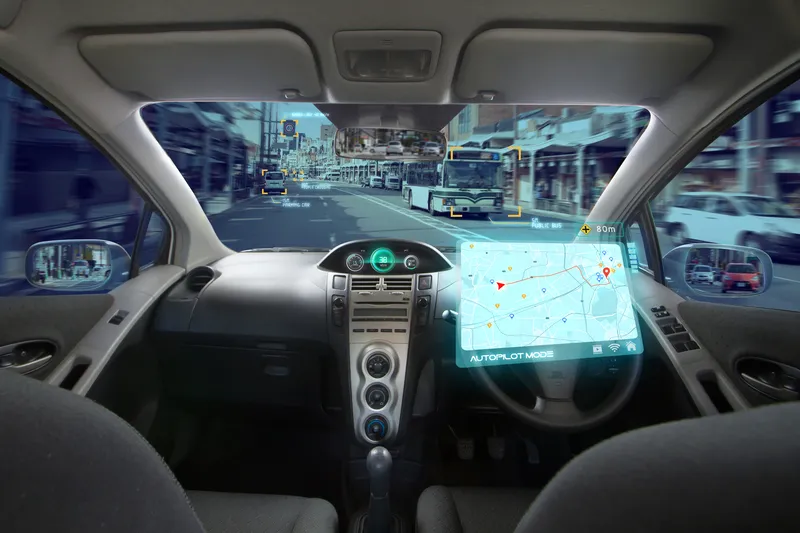The solution will be developed as part of an agreement with vehicle electronic testing company DSA and Dutch firm
Jouni Mikkonen, managing director at Link Motion, says the solution will ensure users benefit from data ownership and connected vehicle services.
OEMs and fleet operators will be able to use the platform to carry out real-time data monitoring to store and analyse operation data collected from the vehicles.
DSA will be able to utilise the vehicle health and system status to define the rules for predictive maintenance.
Additionally, DSA will be able to read the status of the vehicle to determine if it requires a firmware over-the-air update to improve cyber security.
Dr. Ansgar Schleicher, managing director at DSA, says the partnership will serve as a platform for the company to utilise technologies such as over-the-air updates, coding and remote diagnostics.
Ireto’s Keystone system will allow vehicle owners to set rules for their connected car through combining their mobile phone and digital car key. Users will be able to set the speed limit of the car, time of use, geolocation and door access. The solution also expected to allow OEMs and fleet owners to manage car sharing experiences.
Link Motion enters partnership to develop connected vehicle solution
Finland-based Link Motion has entered a partnership to provide car manufacturers with a connected vehicle solution combining security technology, analytics and policy management.
The solution will be developed as part of an agreement with vehicle electronic testing company DSA and Dutch firm Irdeto. The platform will be built on the Microsoft Azure cloud computing service.
Jouni Mikkonen, managing director at Link Motion, says the solution will ensure users benefit from data ownership and connected v
September 13, 2018
Read time: 2 mins
Finland-based Link Motion has entered a partnership to provide car manufacturers with a connected vehicle solution combining security technology, analytics and policy management.









